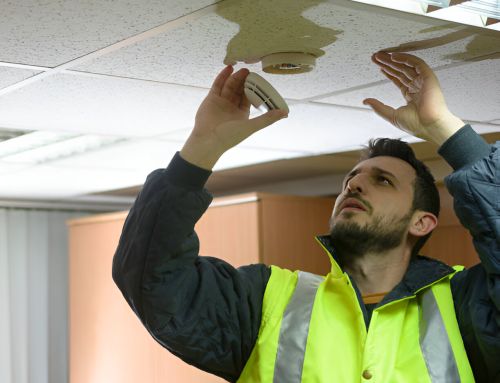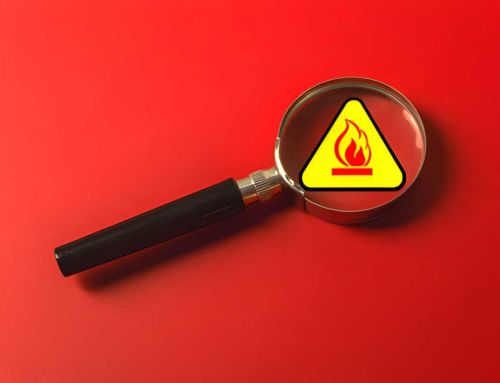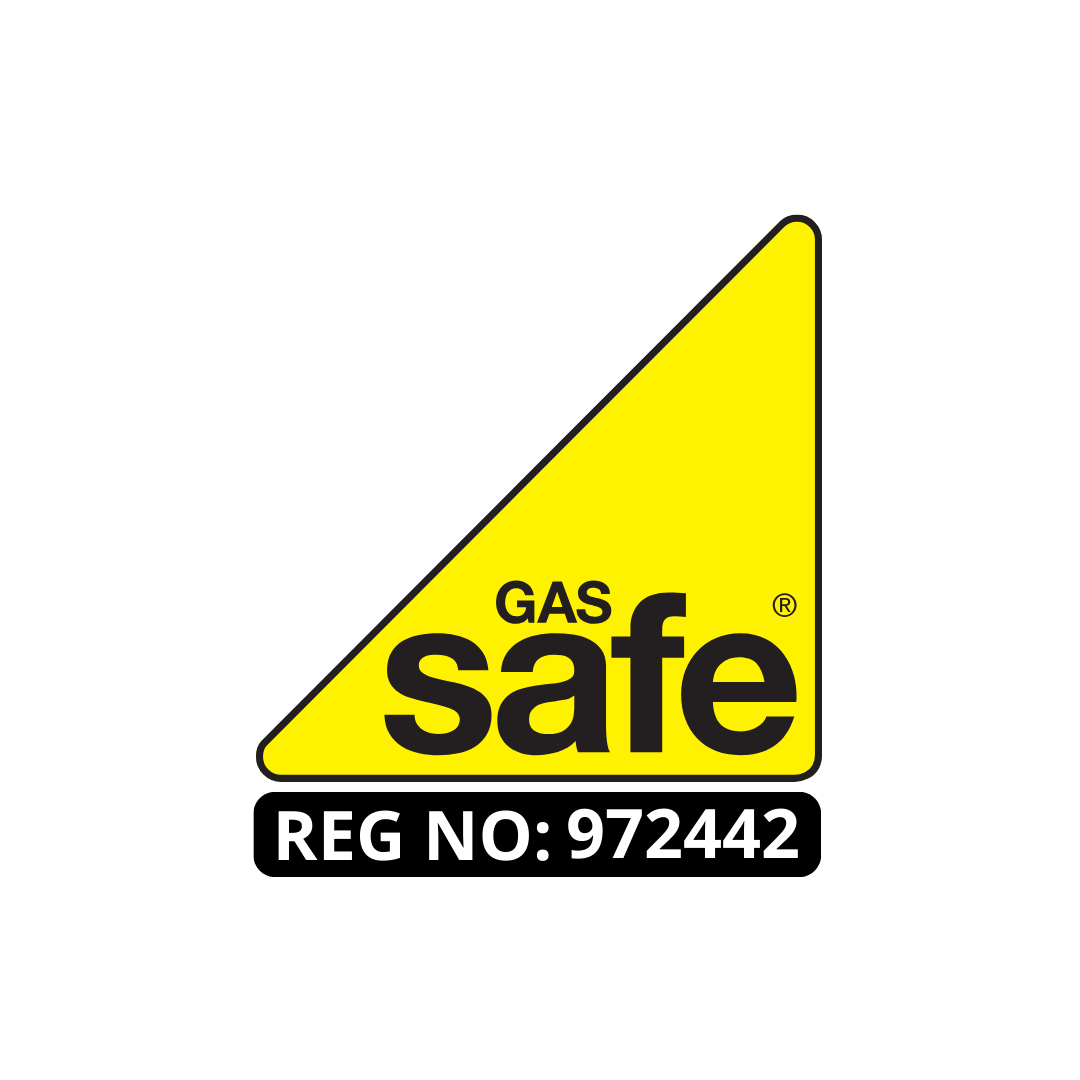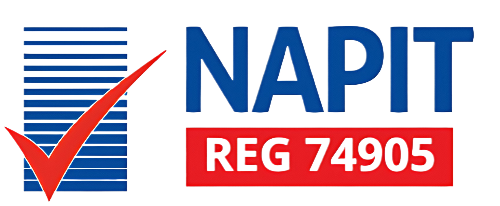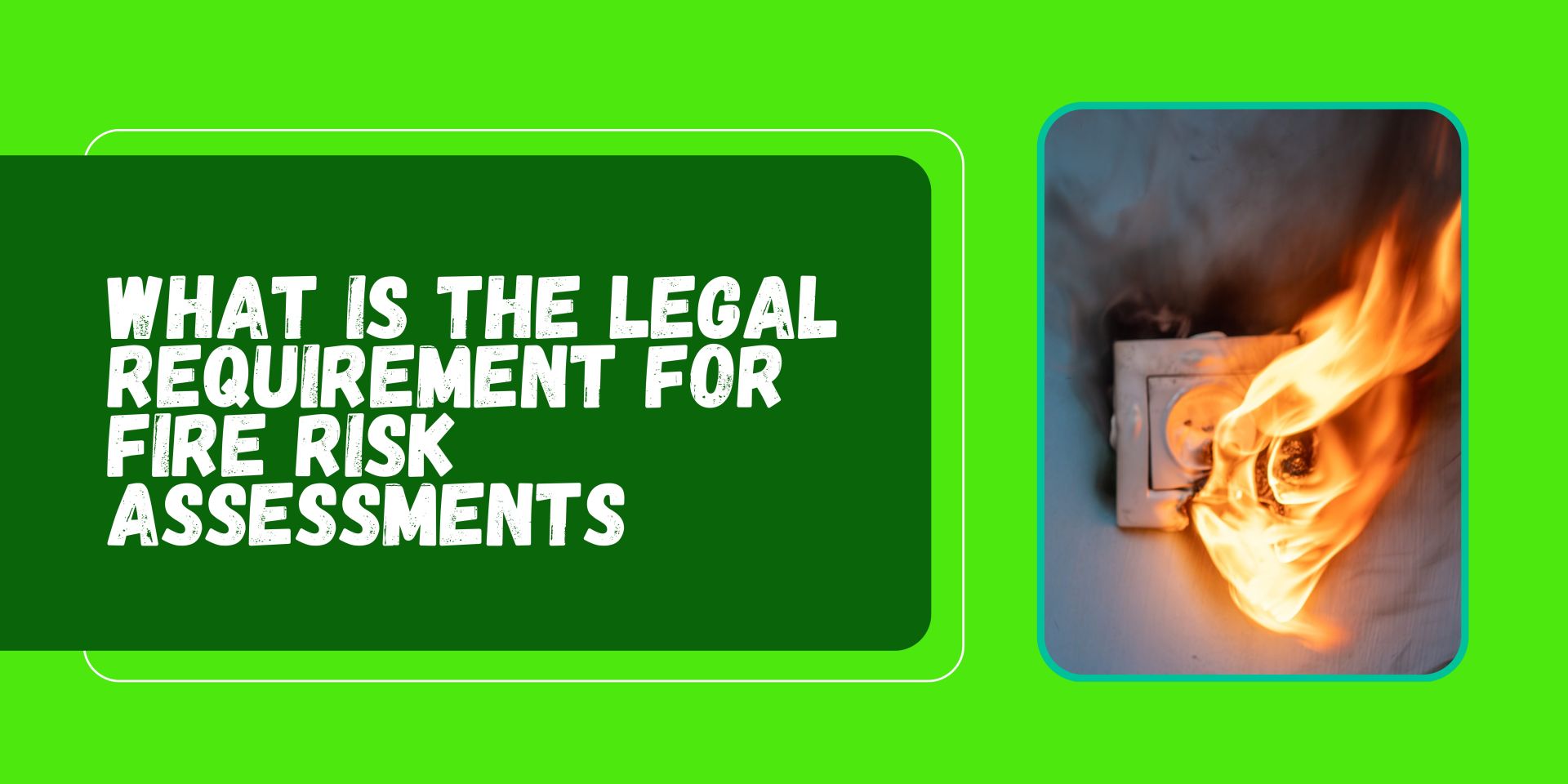

Understanding the intricacies of fire risk assessments is paramount for ensuring the safety and compliance of all buildings. Fire prevention, workplace safety, risk evaluation, compliance standards, and emergency planning are essential components of a comprehensive fire risk assessment.
Proper evaluation of potential fire hazards is crucial in preventing fires before they occur. Identifying workplace hazards thorough risk evaluation not only safeguards the well-being of employees but also ensures adherence to legal compliance standards.
Emergency planning plays a pivotal role in minimizing fire-related incidents and establishing effective evacuation procedures.
Necessity of Fire Risk Assessments
Moving from evaluating workplace hazards to the necessity of conducting fire risk assessments, the foundational requirement for all buildings is the mandated assessment of fire risks.
Ensuring workplace safety, fire risk assessments are crucial for risk prevention, employee protection, hazard identification, and compliance assurance. By identifying potential fire hazards, these assessments play a vital role in safeguarding employees and complying with legal regulations. They enable proactive measures to be taken to prevent fire-related incidents, ultimately minimizing risks and ensuring a safe working environment.
Conducting thorough fire risk assessments not only fulfills legal obligations but also demonstrates a commitment to prioritizing the well-being of individuals within the premises. Therefore, investing in these assessments isn’t just a legal requirement but a fundamental step towards creating a secure and compliant workplace environment that values the safety and protection of all occupants.
Responsibility in Fire Risk Assessments
Taking on the responsibility of conducting fire risk assessments requires trained individuals to ensure compliance and safety within the premises. It’s crucial for those entrusted with this task to undergo proper training to understand the intricacies of fire safety measures and risk evaluation.
The responsibility of conducting these assessments should be independent of the building owner to maintain impartiality and thoroughness in the evaluation process. Compliance with fire safety regulations is paramount, and trained individuals play a vital role in identifying, evaluating, and mitigating potential fire risks within the premises.
The evaluation of fire risks must be carried out diligently, considering all aspects of the building’s structure, contents, and existing fire protection systems. By upholding high standards of training, independence, and compliance, those responsible for fire risk assessments contribute significantly to creating a safe environment and reducing the likelihood of fire incidents.
Types of Premises for Assessments
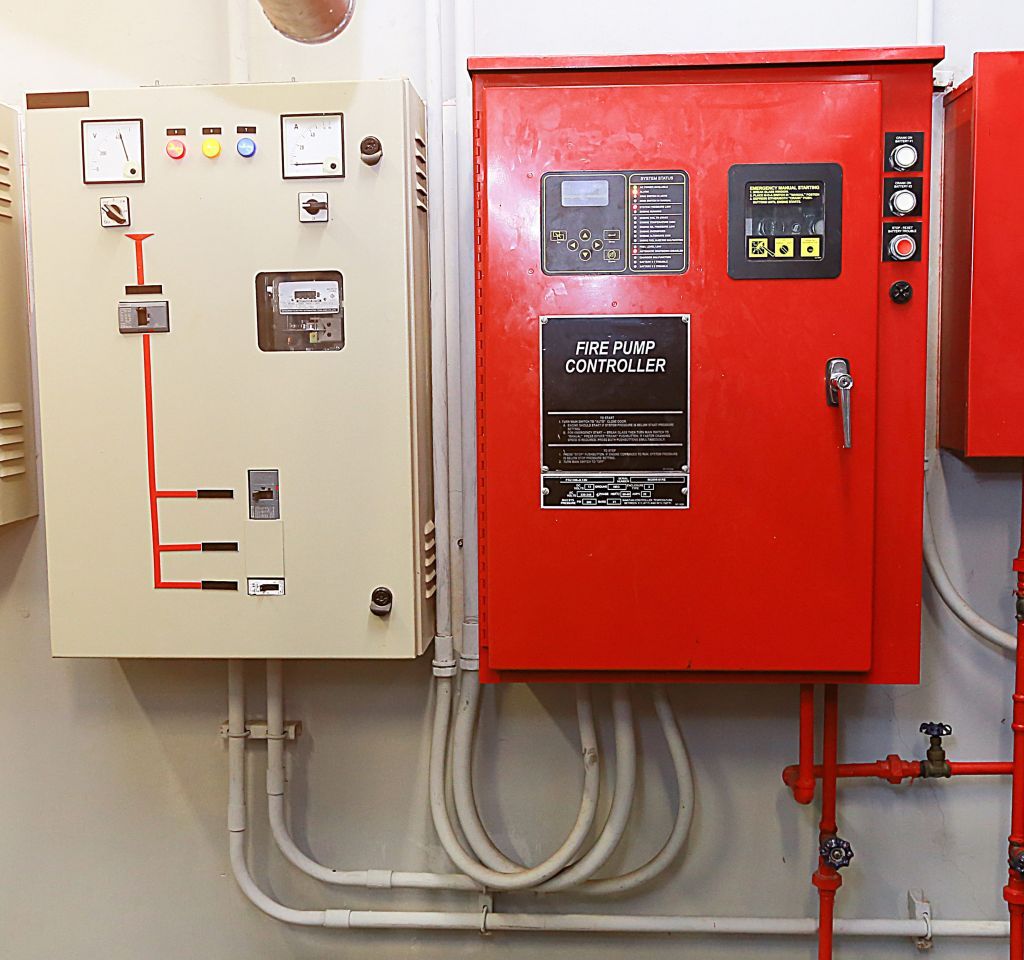
In premises subject to fire risk assessments, specific criteria determine the need for evaluation based on various factors such as building height, occupancy type, and workforce size.
Residential buildings with three or more storeys, flats exceeding one storey, and structures with four or more storeys are among those requiring assessments. Additionally, commercial spaces with non-domestic accommodation over 300 square meters and buildings hosting 20 or more employees necessitate thorough fire risk evaluations.
These assessments are crucial to ensure the safety of occupants and compliance with legal regulations. By identifying potential fire hazards in both residential and commercial settings, appropriate measures can be implemented to mitigate risks and enhance overall fire safety protocols. Understanding the distinct requirements for different types of premises is essential in conducting comprehensive fire risk assessments to safeguard lives and property effectively.
Process of Conducting Assessments
After identifying the specific premises requiring fire risk assessments, the next step involves initiating the process of conducting thorough evaluations to ensure compliance and safety. Assessment methods play a crucial role in this phase, where various techniques are employed to identify and mitigate potential fire hazards.
Safety measures are meticulously assessed to guarantee the well-being of occupants and the protection of the premises. Employee training is a key component, ensuring that individuals are equipped to respond effectively in case of a fire emergency.
Compliance factors are carefully considered throughout the assessment process to align with legal requirements and industry standards. The ultimate goal of these assessments is risk reduction, aiming to minimize the likelihood of fire incidents and their potential impact.
Cost and Duration of Assessments

The cost and duration of fire risk assessments play a critical role in ensuring compliance and safety for buildings. Factors affecting cost include the size of the business and the number of employees.
Time management is crucial, with assessments typically lasting 2-3 hours. Efficient assessment tools and methodologies can help streamline the process.
Budget considerations should account for the range of costs, such as £295 – £600 at ISE Fire. Efficiency analysis is key to optimizing resources during the assessment. It’s essential to balance the cost of the assessment with the quality of the service provided.
Reports are usually delivered within 10 working days to maintain the assessment’s effectiveness. By understanding these factors and incorporating them into the assessment process, the overall efficiency and effectiveness of fire risk assessments can be maximized.
Legal Compliance and Penalties
Legal compliance with fire risk assessments is a crucial aspect in ensuring building safety and adherence to legislation. Failure to meet regulatory obligations regarding fire risk assessments can result in severe legal consequences. Enforcement measures are in place to ensure compliance with the necessary requirements. Penalties for non-compliance can be significant, including fines or even prosecution.
Regulatory obligations dictate that fire risk assessments must be conducted by trained individuals and reviewed annually. The compliance requirements are stringent to guarantee the safety of occupants and property. It’s essential to understand the penalty implications of neglecting fire risk assessments, as they play a vital role in maintaining a safe environment.
Frequently Asked Questions
Can a Building Owner Conduct Their Own Fire Risk Assessment or Is It Required to Hire a Trained Individual?
As the owner, I must hire trained assessors for fire risk assessments. DIY assessments are not sufficient; legal requirements mandate professional evaluations for compliance checks. Building regulations prioritize safety standards and accurate assessments, necessitating trained individuals for thoroughness.
Are There Specific Guidelines on How Often Fire Risk Assessments Should Be Reviewed or Updated?
Fire risk assessments should be reviewed annually, ensuring thoroughness and compliance. Trained assessors must update documentation, mitigate risks, and plan for emergencies. Accurate reporting and records are vital to avoid enforcement actions and legal repercussions.
How Can Businesses Ensure That Their Fire Protection Systems Are up to Standard and Comply With Regulations?
To ensure fire protection systems comply with regulations, businesses must regularly check fire alarm systems, maintain fire extinguishers, inspect emergency lighting, conduct fire drills, and provide comprehensive fire safety training. Continuous monitoring and updates are essential.
Are There Specific Regulations Regarding the Maintenance of Fire Exits and Emergency Evacuation Routes?
Maintaining fire exits and evacuation routes is crucial for safety. Building owners must ensure regular checks. Fire risk assessments guide compliance. Up-to-date protection systems and clear routes are essential. Responsibility lies with owners to uphold standards.
What Are the Potential Consequences for Businesses That Fail to Comply With the Legal Requirements for Fire Risk Assessments?
If a business fails to comply with fire risk assessment legal requirements, consequences may include fines or prosecution. Regular training, frequent reviews, and meeting fire protection standards are crucial to avoid noncompliance penalties and ensure safety.
Conclusion
In conclusion, fire risk assessments are a critical component of ensuring safety and compliance in buildings. The legal requirement for conducting these assessments serves as a foundational pillar in safeguarding lives and property.
By understanding the necessity, responsibilities, and processes involved in these assessments, we can proactively mitigate fire risks and uphold the standards of safety mandated by the law. Non-compliance can result in severe penalties, emphasizing the importance of adhering to legal obligations in fire safety practices.
About the Author: LandlordCertificate
Related Posts
Get Social
Recent Posts
- Behind the Scenes of a Gas Safety Certificate London Inspection in Homes
- The Role of Fire Alarm Installation in Building Safety
- How Often Should a Fire Risk Assessment Be Reviewed?
- What must landlords get right for Fire Risk Assessment London compliance?
- UK Gas Safety Regulations for Landlords & Tenants: Introduction to Gas Safety Certificates


